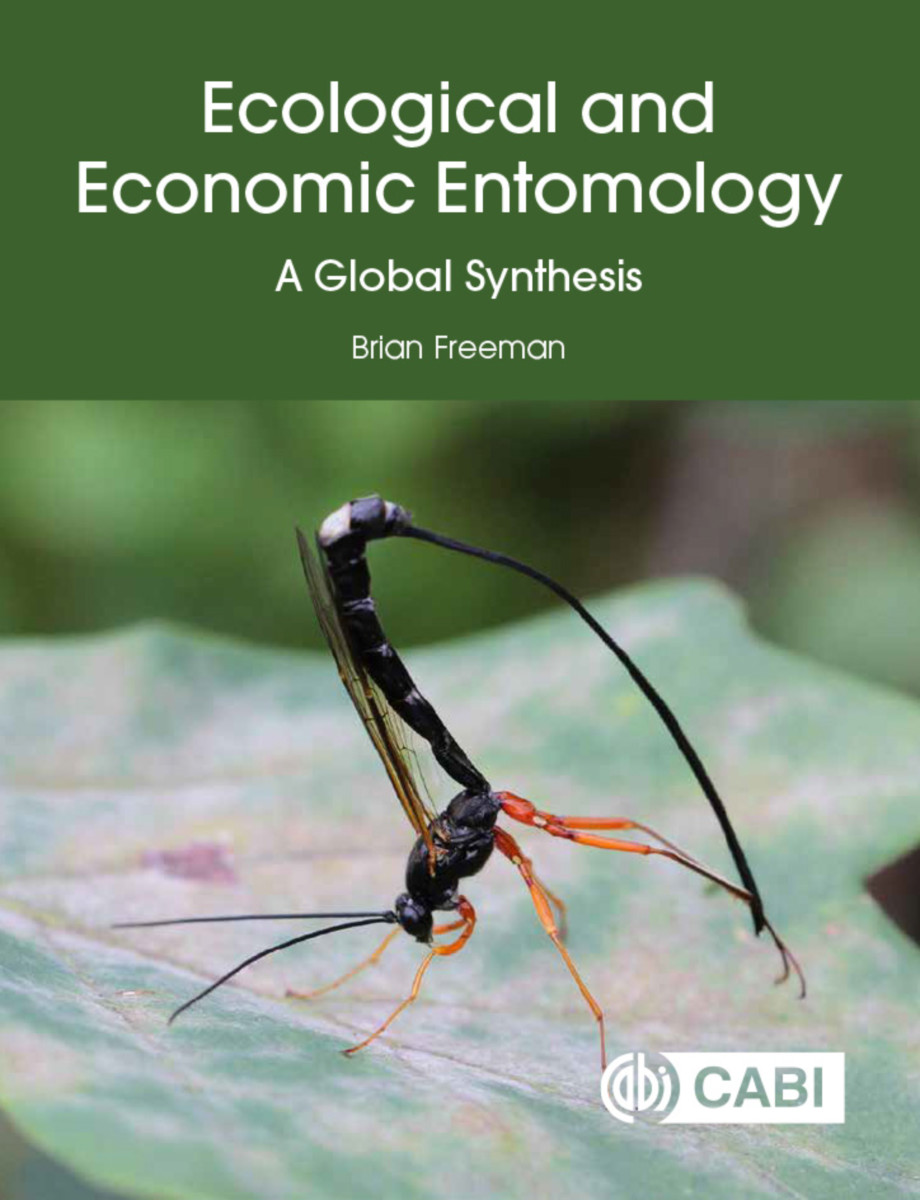Ecological and Economic Entomology
A Global Synthesis
Hardback
December 2020
9781789241181
More details
- Publisher
CABI - Published
14th December 2020 - ISBN 9781789241181
- Language English
- Pages 784 pp.
- Size 7" x 9"
$317.05
Ecological and Economic Entomology is a comprehensive advanced text covering all aspects of the role of insects in natural ecosystems and their impacts on human activity.
The book is divided into two sections. The first section begins with an outline of the structure, classification and importance of insects, followed by the geographical aspects of plant distribution and the complex defenses plants marshal against herbivorous insects. Insect pests affecting plant roots, stem, leaf, and reproductive systems are covered in a comprehensive review. This section also covers insects that are important in medical and veterinary science, paying particular attention to those that transmit pathogens. The section concludes with the beneficial aspects of insects, especially their use in biological control, but also as soil formers and their importance in forensic science.
Autecology (or single-species ecology) and its application to pest management is the focus of the second section of the book. Firstly, some general aspects of autecology are examined, including species abundance, competition and speciation, and relevant genetics. The classic general theories of insect population dynamics are reviewed, followed by chapters on life tables, time series analysis and mathematical models in insect populations. The final chapter reviews the application of autecology to the insect pests of forests, farms and orchards and to the control of insect vectors of diseases of humans and livestock. Particular attention is paid to environmentally friendly methods of pest management and the application of Integrated Pest Management (IPM) techniques.
This volume is essential reading for professional entomologists and advanced students of agricultural, medical and veterinary entomology, insect ecology and conservation.
1: General Introduction
2: Climate and an Introduction to Plant Pest
3: The Pests of Roots, Tubers, and Sown Seed
4: The Pests of Plant Stems
5: Pests of Foliage
6: The Insect Pests of Flowers and Fruits
7: Medical and Veterinary Pests
8: Beneficial Insects
9: The Principles of Insect Autecology 1: Some Key Concepts
10: The Principles of Insect Autecology 2: Innate Attributes
11: The Dynamics of Insect Numbers 1: History, Classical Theories, Time Series, Life Tables, Models
12: The Dynamics of Insect Numbers 2: Pattern and Process
13: Applied Ecology and Methods of Control
insects; ecosystem; autecology; pest management; conservation; agriculture; applied ecology; species abundance; speciation; life tables; time series analysis; IPM


